Why is Himalayan Salt Pink?
When it comes to salt, most people think of the classic white grains that add flavor to their meals. But have you ever come across the attractive pink hue of Himalayan salt? This natural wonder has been capturing the attention of food enthusiasts, health-conscious individuals, and creative minds.
In this article, we discussed the fascinating world of Himalayan pink salt and uncovered the secrets behind its pinktint. So, why is Himalayan salt pink? Let’s set on a journey to unreveal the mystery and discover the fun facts about this unique pink gem.
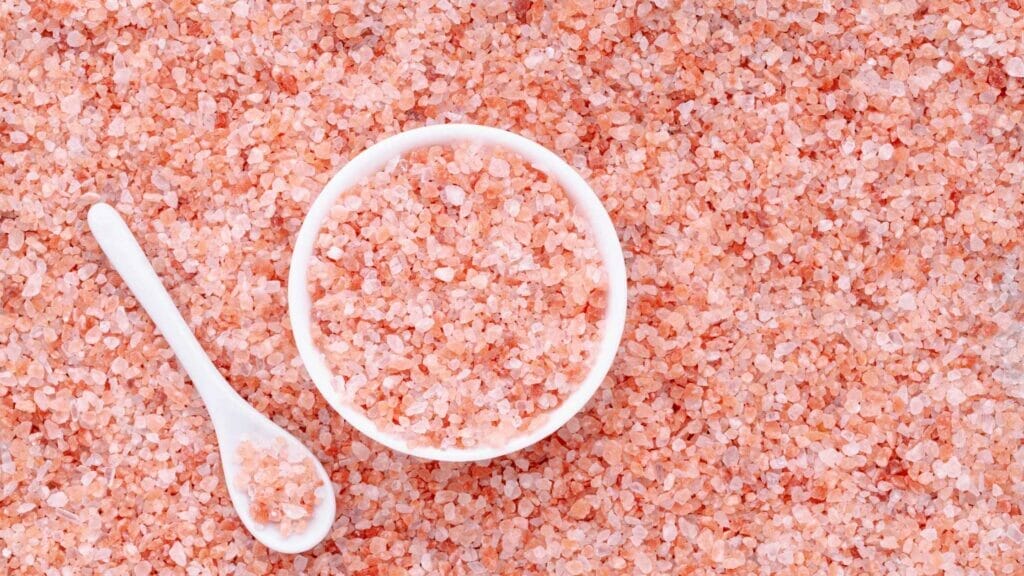
Why is Himalayan Salt, Pink Better
Why is Himalayan Salt Pink Better than other salts, here are the reasons:
Natural and Unprocessed
Himalayan pink salt is sourced from ancient salt deposits in the Himalayan region and is hand-mined. It is unrefined and undergoes minimal processing, ensuring that it retains its natural mineral content.
Rich Mineral Profile
Himalayan pink salt contains a wide range of minerals including calcium, potassium, magnesium, and iron. Why is Himalayan Salt Pink? These minerals contribute to its distinctive pink color and offer potential health benefits when consumed in moderation.
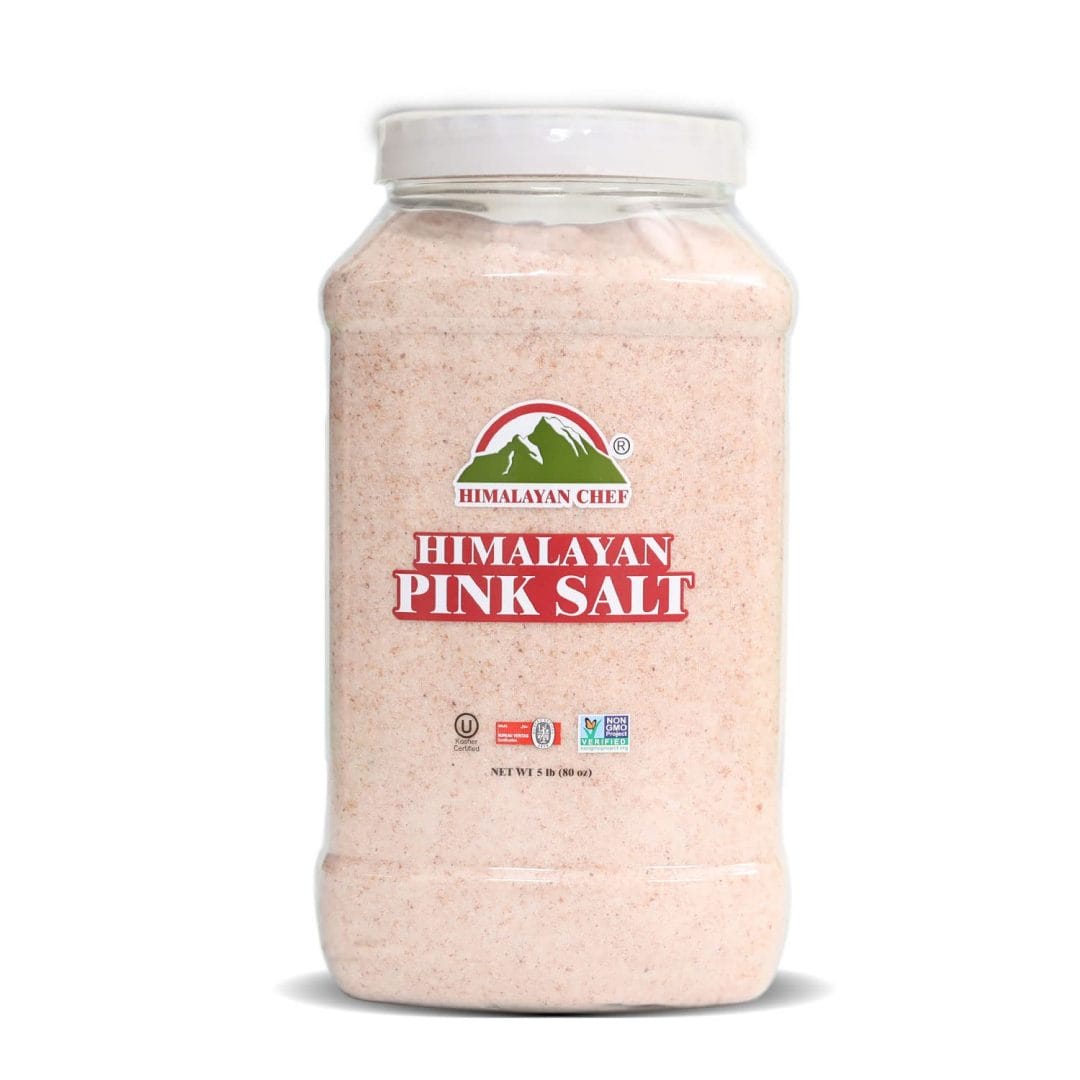 | 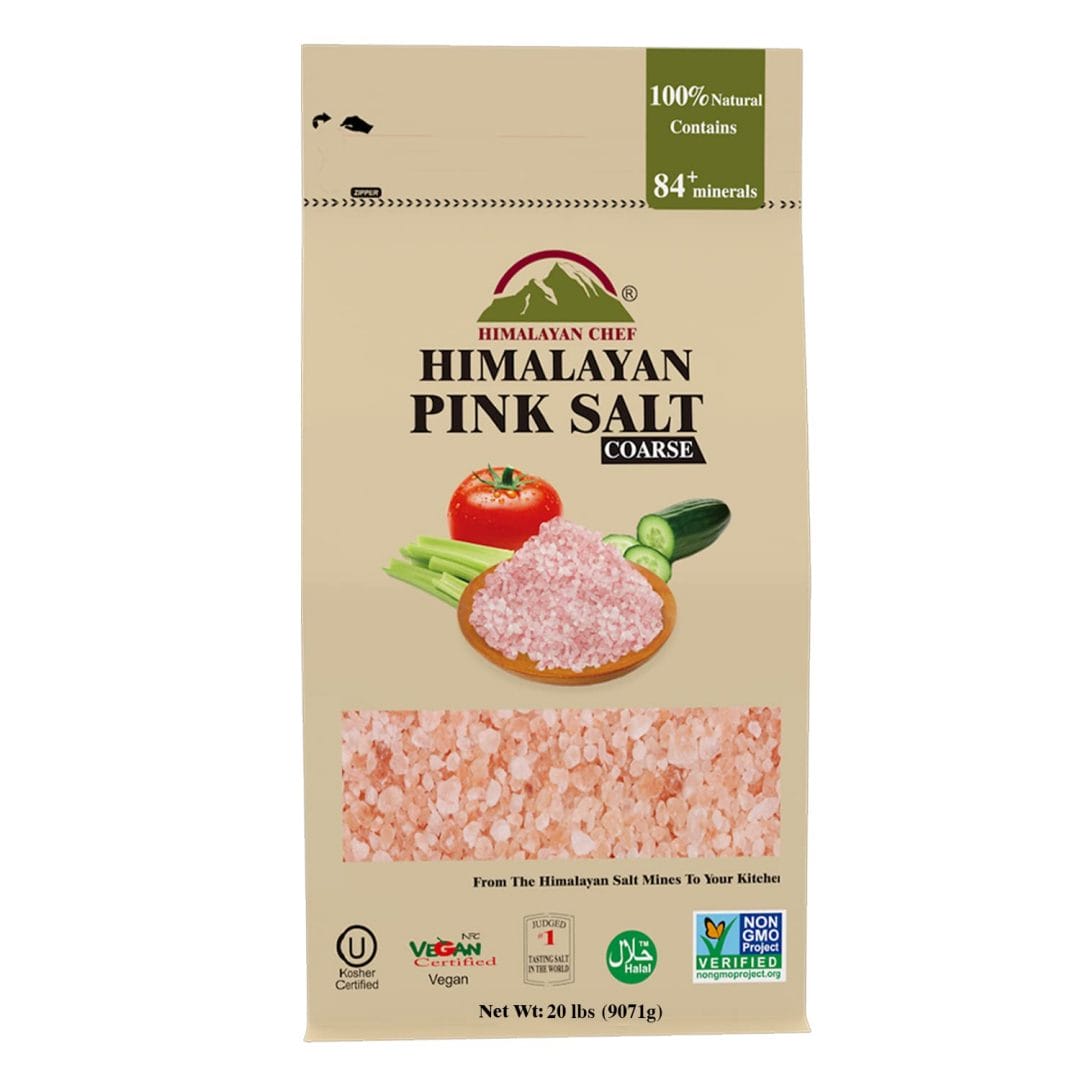 | 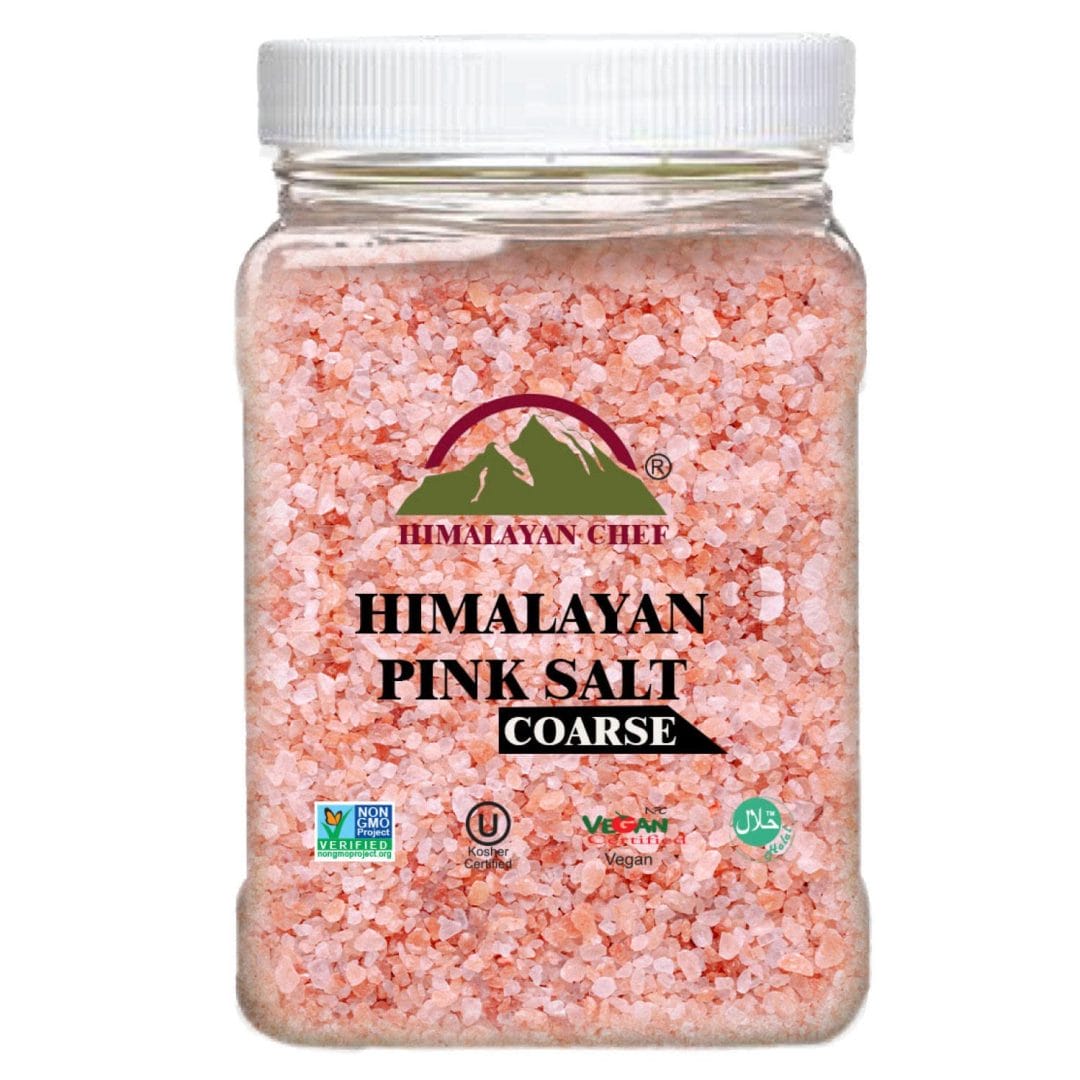 |
Himalayan Pink Salt Fine Grain | Himalayan Chef Pink Himalayan Salt, Coarse Grain | Himalayan Chef Pink Himalayan Salt Coarse Grain |
Balance and Variety
Unlike regular table salt, that is typically highly refined and stripped of minerals, Himalayan pink salt contains a balanced spectrum of minerals. This natural balance is believed to promote electrolyte balance, support proper hydration, and contribute to overall well-being.
Less Sodium Content
While sodium is a necessary mineral for our bodies, excessive sodium intake can be detrimental to health. Himalayan pink salt is often considered milder in taste compared to table salt, which may lead to people using less salt overall, thereby reducing their sodium intake.
No Additives or Chemicals
Himalayan pink salt is known for being free of additives, preservatives, and anti-caking agents commonly found in regular table salt. This purity adds to its appeal for those seeking a more natural and unprocessed option.
Distinctive Flavor
Himalayan pink salt has a unique flavor profile that many people find appealing. Its subtle mineral notes can enhance the taste of food, providing a more satisfying and enjoyable dining experience.
Versatility
Himalayan pink salt can be used in various culinary applications, including cooking, seasoning, and garnishing. Its versatility allows for creativity in the kitchen while imparting a touch of elegance to dishes.
Aesthetic Appeal
The vibrant pink hue of Himalayan pink salt adds visual appeal to food presentations, making it popular among chefs, food enthusiasts, and social media platforms. Its attractive appearance can elevate the overall dining experience.
The Truth about Himalayan Pink Salt
Himalayan salt is considered toxic and some people say that it can cause cancer. But the truth about Himalayan pink salt is that it is just sodium chloride with additional minerals. The question is that Why is Himalayan Salt Pink? The pink color of Himalayan Salt crystal is due to presence of iron oxide content in it. This iron oxide is safe for human consumption and do not cause any harm to human body.
Pink Himalayan salt contains trace minerals that are completely safe for human use
What are the 84 Minerals in Himalayan Pink Salt
Himalayan Pink Salt contains approximately 84 minerals and trace elements that are beneficial for our health and well-being. These minerals include calcium, magnesium, potassium, copper, iron, zinc, and selenium, among others. While the exact mineral composition vary, Himalayan Pink Salt is one of the purest forms of salt available, and its unique mineral profile is believed to provide a range of health benefits.
Himalayan Salt Mine
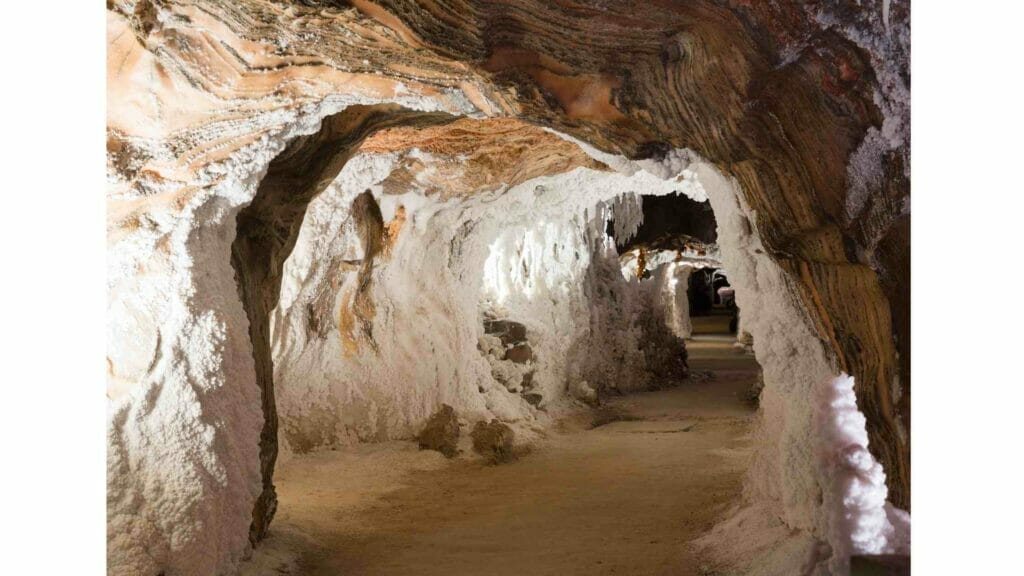
- The Himalayan Salt Mine is located in the Khewra region in Punjab, Pakistan.
- It is one of the largest and oldest salt mines in world, dating back over 2,000 years.
- The Khewra salt mine is situated in the foothills of the Himalayan mountain range, so it is named Himalayan Salt mine too.
- It is estimated to contain billions of tons of pink salt. Why is Himalayan Salt Pink? It is pink in color due to the presence of iron oxide.
- The salt deposits in the mine were formed millions of years ago as a result of the evaporation of ancient seas.
- The mine is famous for its unique and high-quality Himalayan pink salt, which has health benefits and distinctive taste.
- Pink salt is rich in minerals and trace elements, including calcium, potassium, magnesium, and iron.
- Many people believe that Himalayan salt has therapeutic properties i.e. promoting healthy digestion, improving respiratory health, and balancing the body’s pH levels.
- The salt mine is source of attraction for tourists and visitors who come to Pakistan and learn about the salt mining process.
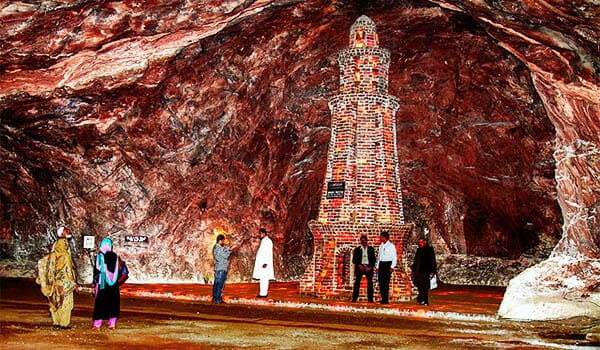
- Inside the salt mine, there are chambers and tunnels carved out of salt, which create a mesmerizing landscape.
- The mine features salt sculptures, salt crystal chandeliers, and even a salt mosque, for tourists and visitors to know about uses of salt.
- Salt mining in the Himalayan Salt Mine is done manually using traditional methods, with miners extracting salt blocks by hand and transporting them out of the mine.
- The extracted rock salt blocks are then processed and refined for various uses, including culinary purposes, salt lamps, bath salts, and salt-based skincare products.
- The Himalayan Salt Mine is an important source of revenue for local economy, providing employment opportunities and contributing to the region’s development.
Himalayan Pink Salt Uses
Unlike regular salt, Himalayan salt has many uses and people on internet are using it in very creative ways. We have listed some creative and fun ways for you to accomodate Himalayan salt in your daily routine for wellness and health:
Culinary Delight
Sprinkle Himalayan Pink Salt on your favorite dishes to enhance their flavor and add a subtle, unique taste. It works as a finishing salt on grilled meats, roasted vegetables, or even on top of chocolate desserts.
DIY Salt Scrubs
Create your own exfoliating salt scrubs by mixing Himalayan Pink Salt with natural oils like coconut or almond oil. Gently massage the mixture onto your skin to remove dead cells and reveal a healthy, radiant glow.
Himalayan Salt Lamps
Decorate your living space with a Himalayan salt lamp. When lit, these lamps emit a warm glow that can create a relaxing ambiance while also releasing negative ions, which may help purify the air and promote a sense of well-being.
Bath Salt Bliss
Turn your bath into a spa-like experience by adding Himalayan Salt to warm water. It helps to relax muscles, detoxify the body, and leave your skin feeling refreshed and rejuvenated. You can also mix in a few drops of essential oils for a delightful aromatherapy experience.
Himalayan Salt Blocks
Impress your guests by using Himalayan Pink Salt blocks as unique serving platters or cooking surfaces. These salt blocks can be heated or chilled to enhance the flavors of food and provide a visually stunning presentation.
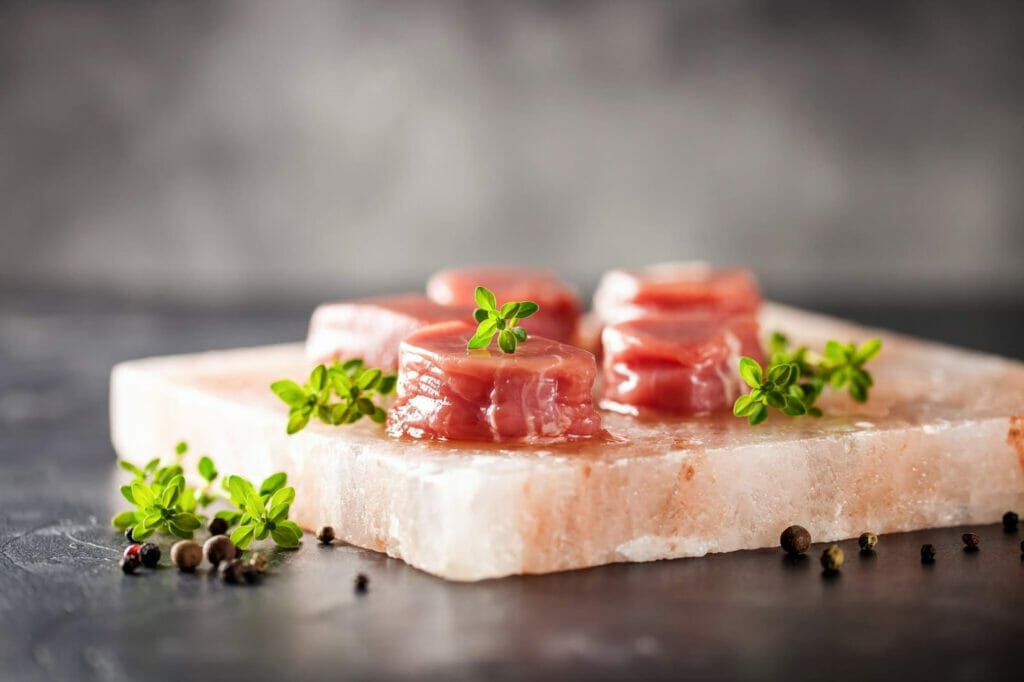
Natural Mouthwash
Create a simple and refreshing mouthwash by dissolving a small amount of Himalayan Pink Salt in warm water. Gargle with this solution to freshen your breath and promote oral health.
Herbal Infusions
Infuse the flavors of Himalayan Pink Salt with herbs and spices to create unique seasoning blends. Experiment with combinations like rosemary-infused salt or chili-lime salt to add a burst of flavor to your culinary creations.
Aromatherapy Inhaler
Fill a small inhaler tube with a pinch of Himalayan Pink Salt and add a few drops of your favorite essential oil. Inhale deeply to experience the invigorating scents and potential benefits of salt therapy.
Natural Antiseptic
Create a gentle antiseptic solution by dissolving Himalayan Pink Salt in water. Use this solution to cleanse minor wounds or as a soothing soak for tired, achy feet.
Decorative Elements
Use Himalayan Pink Salt as a decorative element in your home. Fill glass jars or vases with salt crystals to create beautiful centerpieces or display them in a clear salt shaker for an elegant touch at your dining table.
Himalayan Salt Radioactive
No!, Himalayan Salt is not Radioactive
There are many controversies over internet that Himalayan Salt is radioactive and cause cancer but the truth is totally opposite than this.
Himalayan salt is not radioactive. Then, Why is Himalayan Salt Pink? It is a natural salt harvested from the Pakistan and contains various minerals that give it its unique pink color. You can safely enjoy the unique flavor and benefits of this natural salt without any concerns about radioactivity.
Himalayan Pink Salt Side Effects
There are no significant side effects of Himalayan pink salt, it is considered safe to consume moderately. However, if you consume Himalayan pink salt in large amount or use it excessively, it can cause problems like:
- Electrolyte Imbalance
- Fluid Retention
- High Blood Pressure
- Kidney Stones
FAQs
Is Himalayan salt naturally pink?
Yes, Himalayan salt is naturally pink due to its mineral content, particularly iron oxide.
Why is Himalayan pink salt from Pakistan?
Himalayan pink salt is from Pakistan because it is primarily sourced from the Khewra Salt Mine, one of the world’s largest and oldest salt mines located in Pakistan’s Punjab region.
Why is Himalayan salt pink and white?
Himalayan salt is pink and white due to the presence of trace minerals, such as iron oxide, that give it its unique coloration.

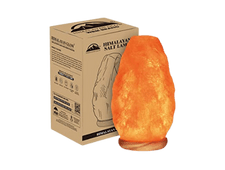
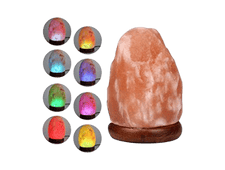
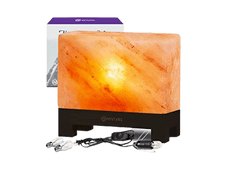
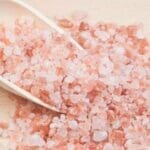
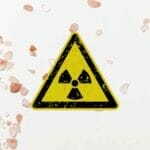

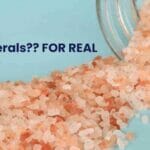

0 Comments